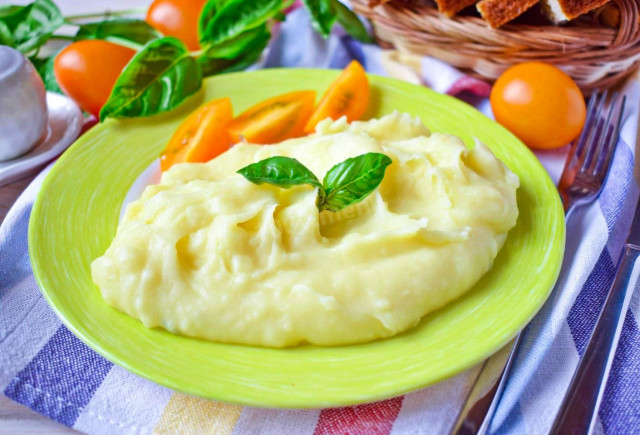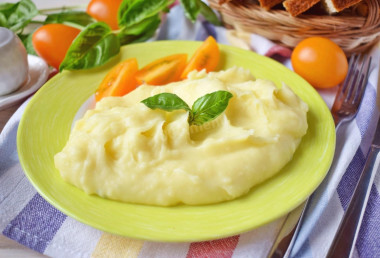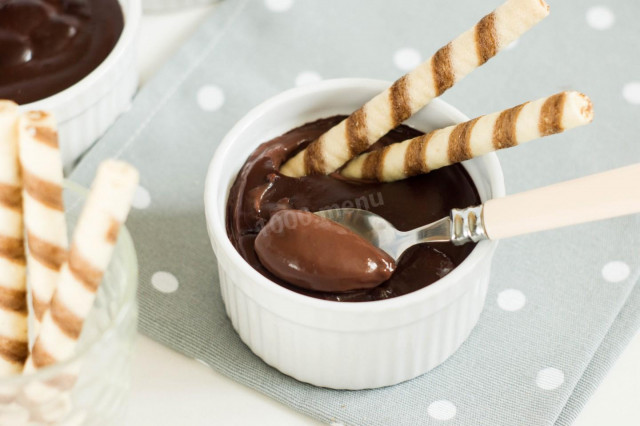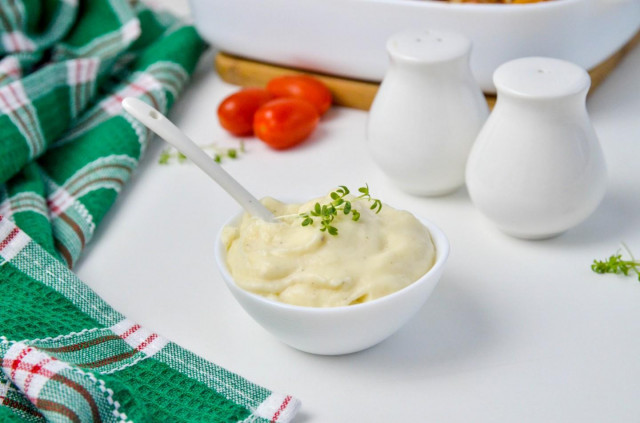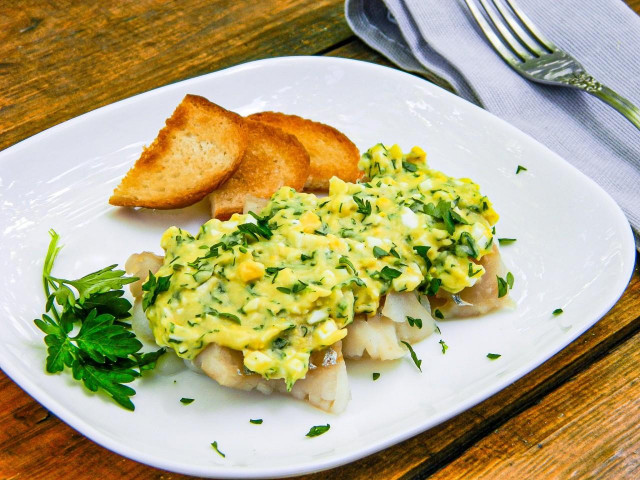Composition / ingredients
Step-by-step cooking
Step 1:

How to make mashed potatoes with a blender? Prepare the necessary ingredients. Wash the potatoes from dirt, peel and rinse in running water.
Step 2:
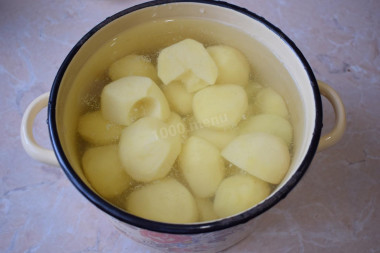
Cut large tubers into 2-4 pieces, small ones can be left as a whole. Put the peeled potatoes in a saucepan in which they will be cooked. Fill the potatoes with water to such a level that they are completely under water. Put the pan on the fire and bring to a boil. Cook the potatoes in boiling water, over medium heat, for 25-30 minutes. Add a little salt to taste.
Step 3:

The readiness of potatoes can be checked with a knife or fork, simply by piercing it. The finished potatoes will be soft. Drain the hot water from the finished potatoes and add butter to it. It will immediately begin to melt on hot potatoes.
Step 4:
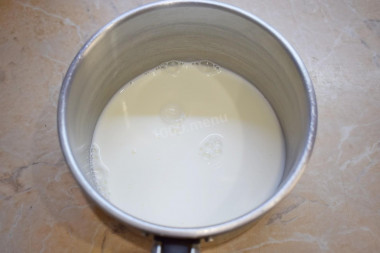
In a separate ladle, heat the milk to a hot state. It is not necessary to add a lot of milk to the puree, otherwise the puree will look like potato cream. And if there is very little milk, then the blades of the blender may not be able to cope with grinding.
Step 5:
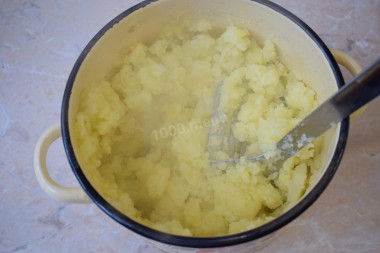
First mash the potatoes with a potato masher. Then pour in the hot milk and mash a little more. Next, to get a homogeneous puree, use an immersion blender.
Step 6:

Start chopping the puree at a minimum speed. It is best to do this with a pulsating mode so that you can visually control the degree of grinding. As soon as the mass becomes homogeneous, finish the process so that the mass does not become sticky. I do not recommend using a stationary blender for this purpose. Since with such active whipping, the puree will turn into paste. And the whole fault will be the presence of starch in potatoes.
Step 7:
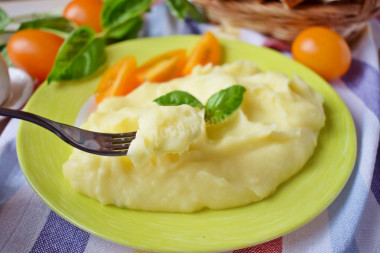
Ready-made puree will be a wonderful side dish for any meat or fish dishes. Crushed with a blender, it is homogeneous and very tender, so it can be used to feed small children. Bon appetit!
For the flavor of the finished puree, you can add a little chopped garlic or fresh dill greens to it.
Root vegetables are best washed with a brush or a hard sponge under running water.
Caloric content of the products possible in the composition of the dish
- Ripe potatoes - 80 kcal/100g
- Baked potatoes - 70 kcal/100g
- Mashed potatoes - 380 kcal/100g
- Boiled potatoes - 82 kcal/100g
- Potatoes in uniform - 74 kcal/100g
- Fried potatoes - 192 kcal/100g
- Whole cow's milk - 68 kcal/100g
- Milk 3.5% fat content - 64 kcal/100g
- Milk 3.2% fat content - 60 kcal/100g
- Milk 1.5% fat content - 47 kcal/100g
- Concentrated milk 7.5% fat content - 140 kcal/100g
- Milk 2.5% fat content - 54 kcal/100g
- Butter 82% - 734 kcal/100g
- Amateur unsalted butter - 709 kcal/100g
- Unsalted peasant butter - 661 kcal/100g
- Peasant salted butter - 652 kcal/100g
- Melted butter - 869 kcal/100g
- Salt - 0 kcal/100g

